

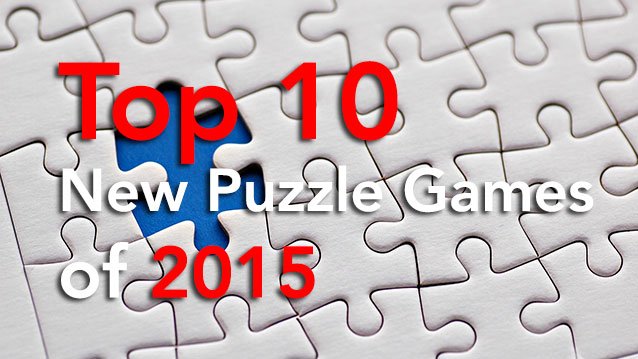
Puzzle games represent what may be modern gaming’s link to the most ancient eras of human history: spatial and logic puzzles have been with us for millennia. They’re designed to poke at our brains and stretch our reasoning powers in new and interesting ways, and coming up with solutions can be incredibly satisfying (who hasn’t punched the air in victory after working out a tricky Portal test chamber?).
There’s not a lot of AAA development put into puzzle games these days, though, and a lot of the puzzle games that do come out seem to be made for mobile devices. But people are still making great puzzle games, and here are our picks for the Top Ten Puzzle Games of 2015.
Let us know which of these is your favorite, or tell us about one we’ve missed in the comments section below.
Fate Tectonicsis kind of a god game, except you’re not the god – you place tiles in order to create a world, but the combinations you create can either please or anger the powerful “Fates” who float around your land.
There’s a “creative” mode where you can take as long as you like to create whatever kind of world you desire, or a challenging timed mode, where a five-minute timer counts down the seconds to apocalyptic oblivion. The Fates can destroy bits of the land you create if they’re angered, but you’ve also got a menu of disasters to unleash yourself if you get tired of building and want to see a bit of the old death ‘n destruction.
As Alfred said, “Some men just want to watch the world burn.”
Unmechanical could be described as a “puzzle platformer,” except for the fact that as a propeller-equipped little robot, you don’t really do any jumping. Instead, you move objects around in a physics-based environment in order to manipulate doors, move energy beams, and operate machinery.
Puzzles start off very simple, introducing the language of the game, but ramp up in difficulty as you progress into later levels. While it never gets too complicated, there’s enough challenge to make each solution satisfying.
Moving the action to the scale of the petri dish, Splice is a puzzle game about bacteria. Each puzzle, or “sequence,” in the game has you start with a certain number of cells that you have to connect, split, and fuse in order to match a target diagram for an organism.
It’s delightfully tricky to predict the ways that the little cells will interact with each other, and the puzzles often center on thinking several moves ahead in order to successfully complete. Splice is also very nicely presented, with a modern minimalist UI, a slick microscopic look, and meditative ambient music.
What looks initially like a straightforward match-three style game is actually two complete games, both with a lot of depth and uniqueness. In Puzzle & Dragons Z, your job is to reassemble a world being torn apart. You’ll do this by assembling a team of helpers and monsters, each of which has a unique set of combat skills. Using the 3DS’ touchscreen, you’ll rearrange gems in a grid, but here’s the neat part: as you use the stylus to move gems into groups of three, you’ll drag them through the other gems on the board, which you can bump into other groups in order to create combos.
You’ll have to focus on the elemental affinities of your enemies and the gems you use for your attacks, while managing skill point use and buildup.
Plus, if you’re new to the Puzzle & Dragons franchise, you can start out with the simpler, but no less charming Super Mario Bros. Edition which comes included on the cartridge.
Maybe the “Pharma Bro” should have put some time in with this game before he got in hot water for raising the price of a life-saving medication by 4,000%. Big Pharma is actually two games layered over each other: It’s a business sim where you need to keep your drug company profitable, and a production puzzle about efficiently creating production lines.
With a style reminiscent of the classic “tycoon” games and Theme Hospital, Big Pharma also confronts the uncomfortable realities of being in the business of pharmaceutical production. While the world may be clamoring for a cure to a certain disease, it might wind up being more profitable for you to work on a new blood pressure medication. And like the best games of the tycoon genre, Big Pharma lets you answer these questions however you see fit.
The best puzzle games will stump you and make you stand up, get a cup of coffee, and start doodling on scratch paper as you turn the problem over in your head. Then when the solution finally hits you, it’s a true “eureka!” moment. Infinifactory delivers this in spades.
Captured by a Vogon-like alien species, you’re forced to create production lines for their floating space factories. In Minecraft style, you place blocks that function as conveyor belts, welding stations, pistons, sensors and more in order to produce the required part in each level.
When you finish, you’ll get a chance to see how efficiently you accomplished your task compared to other players – maybe you’ll see that there are ways to get the job done using fewer blocks or production cycles. The game can be maddening at times, but finding the solution is always immensely satisfying.
If you’re old like me, you remember the long division segment on Square One TV, where someone would always make a mistake, which would be followed by oldey-time footage of a train bridge collapsing.
Now you can simulate that experience on your home computer with Poly Bridge. Your job is to create a span between two banks, and design it so that it can support the weight of cars and trucks and buses. It’s not as easy as it might at first seem – there’s a lot of engineering that goes into creating proper support structures, and sometimes you’ll need your bridge to open for passing ships, or even include an elevator.
Or you can make a nice ramp so you can watch as cars pull a Thelma & Louise into a canyon.
A puzzle game George R.R. Martin could love, Besiege is about making a medieval death machine that wreaks havoc on one’s tiny, ant-like foes.
You’ve got a big box of parts, a la Kerbal Space Program, but instead of using rocket boosters and command modules, you get spiked balls, flaming oil, swinging blades, and booming cannons. You get some ability to steer your creation through the defenders’ structures and troops, but as might be expected from middle ages-era siege equipment, they don’t exactly corner like an Acura.
Thankfully, historical accuracy isn’t a major priority. You also get Leonardo da Vinci concept parts, like his spinning gyrocopter blade for creating aerial siege weapons.
A Portal-style game heavy on philosophy and puzzles wasn’t what we were expecting from Serious Sam studio Croteam, but they did a bang-up job with The Talos Principle. Now they’ve got the DLC expansion, Road to Gehenna available, and it’s well worth a look if you enjoyed the base game last year.
You’ll take on the role of Uriel, the messenger of Elohim, working your way through four new episodes. Similar to Portal, each chamber is a puzzle to work out in order to progress – although unlike Portal, you’ll often need to return to previous rooms or areas to find a necessary gizmo for the one you’re on.
Pro-tip: Road to Gehenna assumes you’ve already finished The Talos Principle and so the puzzles start off hard and get harder.
First take a nice long gym sock. What you want to do is stuff Minecraft, Prison Architect, and a VHS copy of The Shawshank Redemption in there and give it a couple test swings. Yeah, that’s good. What you’ve got now is The Escapists.
It is, unsurprisingly, a game about escaping from prison. But instead of just tackling this problem right away, you have to spend time actually being in prison first. You learn the routines, who might have possessions that prove valuable, guards’ habits. You coordinate with your fellow escapees.
It’s a puzzle game, but in an open sandbox that gives you tons of freedom to experiment and create your own solutions. Learning the game takes some time, but once you do, it’s a rewarding experience every time. And the game’s got plenty of replay value, since you can find multiple ways to escape from each of its nine prisons.


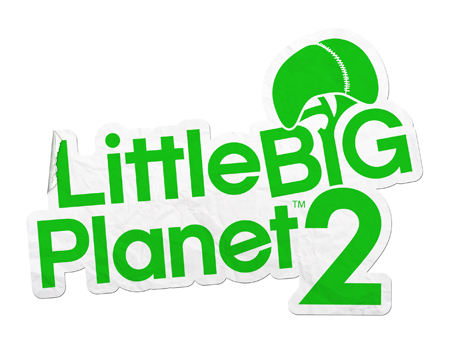
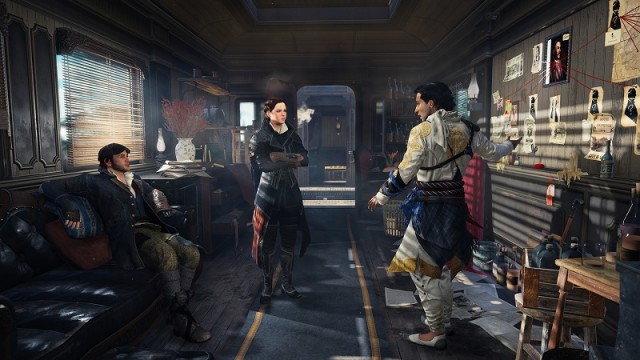
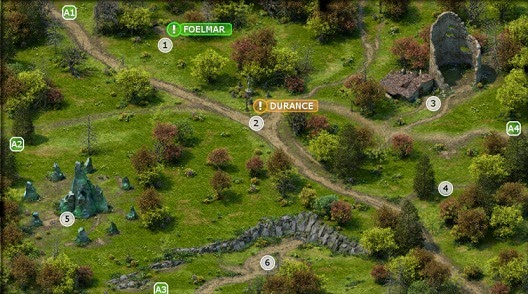 Pillars of Eternity Magrans Fork - Quest guide
Pillars of Eternity Magrans Fork - Quest guide Abolish Unoriginal Film and TV Tie-Ins!
Abolish Unoriginal Film and TV Tie-Ins! Fallout 4: How to Get Armor for Dogmeat and Equip It
Fallout 4: How to Get Armor for Dogmeat and Equip It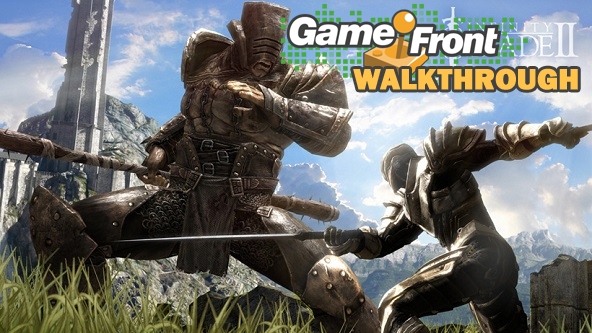 Infinity Blade 3 Walkthrough
Infinity Blade 3 Walkthrough Uncharted 4: 10 Locations We Want to Explore
Uncharted 4: 10 Locations We Want to Explore